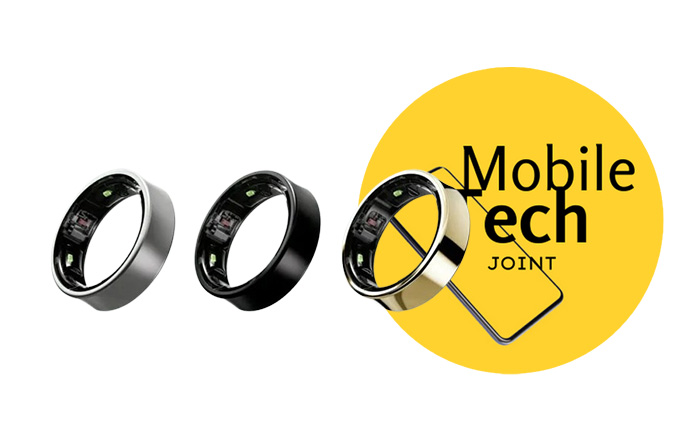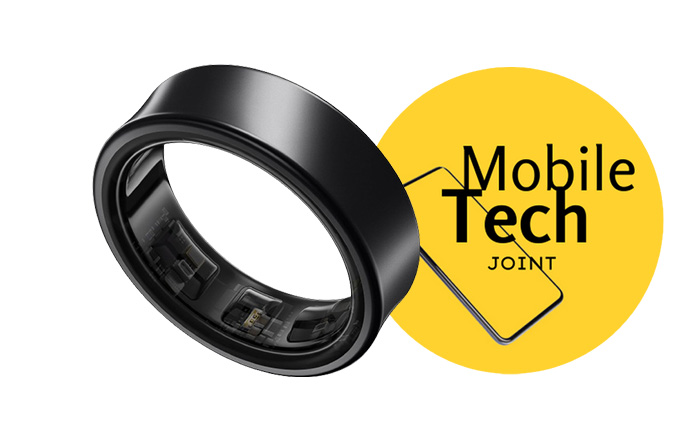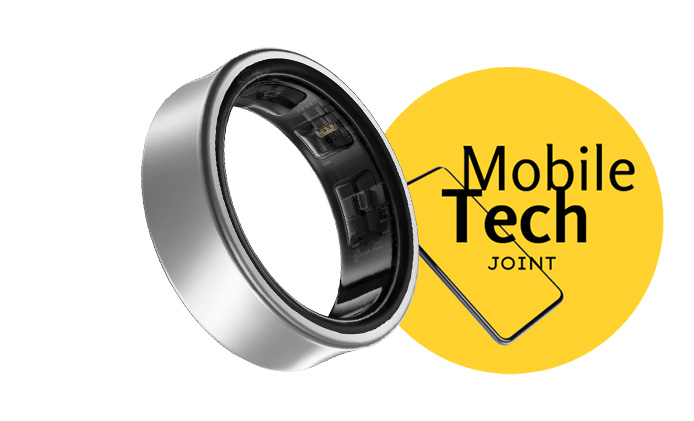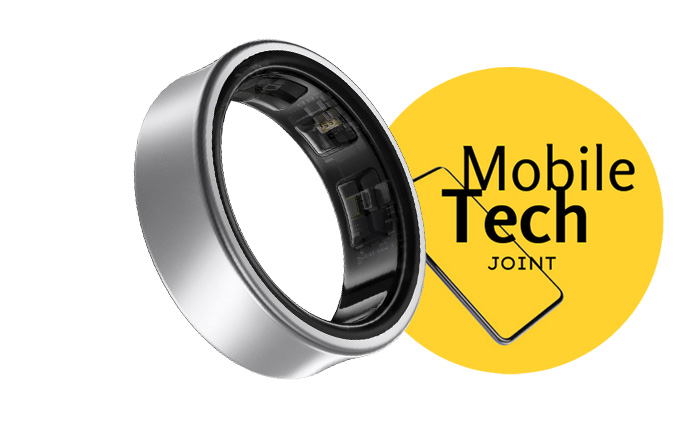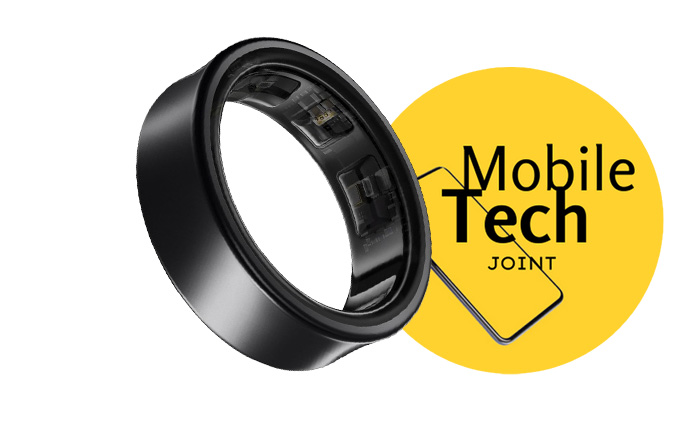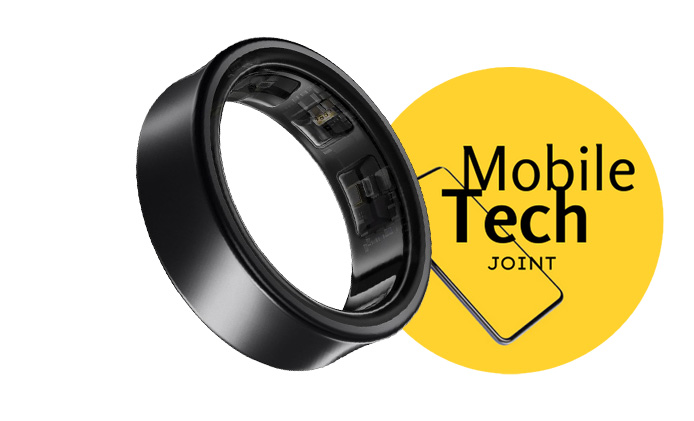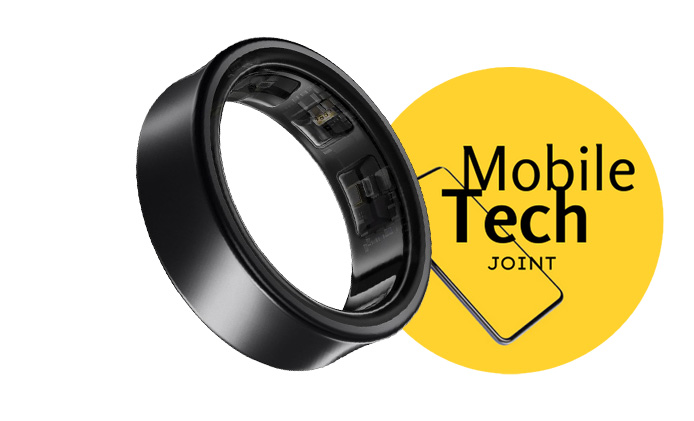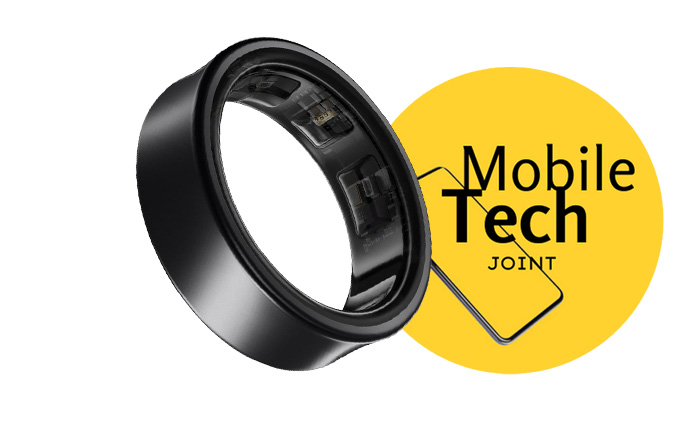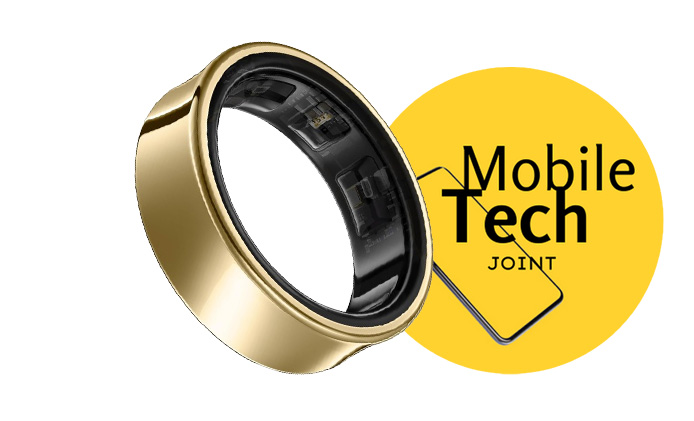Samsung’s upcoming Galaxy S25 Ultra is already sparking excitement ahead of its official launch. As Samsung gears up for its Galaxy Unpacked event in January 2025, tech enthusiasts are eagerly awaiting the newest flagship’s features.
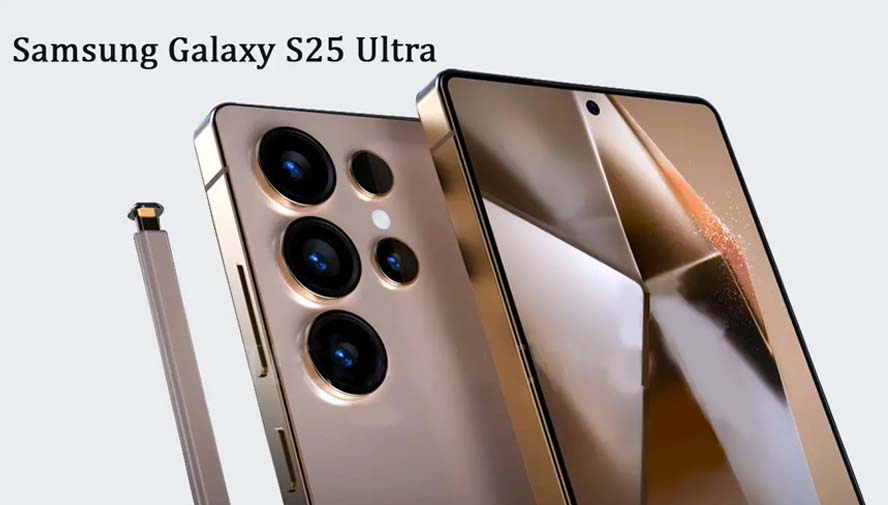
After the success of the Galaxy S24 Ultra. What does the S25 Ultra have in store to build on its predecessor’s legacy? Here’s everything we know so far about the Galaxy S25 Ultra and what makes it the next big thing in mobile technology.
What’s New with the Galaxy S25 Ultra’s Chipset and Performance?
The Galaxy S25 Ultra is expected to deliver superior performance. With the integration of Qualcomm’s Snapdragon 8 Gen 4 chipset across all regions.
This news comes after months of speculation over whether Exynos 2500 would make an appearance in some markets.
Benchmark tests have confirmed that Snapdragon 8 Gen 4 will power the S25 Ultra. Promising better battery life, performance, and AI capabilities compared to its predecessor.
For users eager for smooth multitasking, enhanced performance, and optimized battery efficiency. The Snapdragon 8 Gen 4 will be a game-changer.
Samsung’s AI-powered technology, combined with this powerful chipset, is expected to provide seamless user experiences and improvements in apps that require high processing power.
Display Features of the Samsung Galaxy S25 Ultra: What to Expect
The Galaxy S25 Ultra will maintain a similar design to its predecessor, but with some noticeable refinements. The display will feature Corning’s second-generation Gorilla Glass Armour, providing enhanced protection.
The first generation of this glass was well-received for offering impressive durability, especially with its anti-reflective coating, which performed exceptionally well under bright sunlight.
Now, with a more robust version of this technology, the S25 Ultra will be more resistant to scratches and drops, further improving its longevity.
Moreover, the display is expected to offer a sharper edge with minimal bezels for an ultra-modern aesthetic. Users can expect the S25 Ultra to boast vibrant colors, high contrast ratios, and perfect clarity whether they are gaming, watching movies, or browsing.
Upgraded Camera System: Meet the 50MP Ultra-Wide Sensor
The Galaxy S25 Ultra will continue the legacy of its powerful camera system. But with some upgrades that should excite photography enthusiasts.
The ultra-wide camera will feature a 50MP sensor, significantly improving detail and clarity in wide-angle shots. This bump in megapixels brings the S25 Ultra closer to the Pixel 9 Pro and other flagship competitors.
Additionally, 8K recording will be available with the ultra-wide camera, providing professional-level quality for users who demand top-tier video resolution. If you’re into vlogging or cinematic video recording. The 50MP sensor will capture even the most intricate details in high definition.
Samsung Galaxy AI: A Smarter Experience
One of the standout features of the Galaxy S24 Ultra was its integration of Galaxy AI, Samsung’s entry into the world of generative AI.
The Galaxy S25 Ultra will take this feature even further, offering more advanced AI functionality for tasks ranging from image processing to app optimization.
The device will deliver enhanced on-device AI performance, thanks to the Snapdragon 8 Gen 4 chipset.
In addition to Google’s Gemini AI, Samsung is expected to continue refining its AI-powered experiences, adding even more smart features to help users with daily tasks, such as enhanced photography, intuitive apps, and efficient device management.
New Safety Features: Car Crash Detection
The Galaxy S25 Ultra is rumored to introduce car crash detection, a feature that was technically present in the Galaxy S24 Ultra but was never activated.
With the release of OneUI software for the S25 Ultra, car crash detection will be fully operational, allowing the phone to detect if you’re involved in a car accident and automatically notify emergency services.
This safety feature will be a welcome addition for users who prioritize peace of mind when driving, and it further demonstrates Samsung’s commitment to enhancing user safety.
Satellite Connectivity: A Future-Focused Feature
Though initially expected in the S24 Ultra, satellite connectivity has been pushed to the Galaxy S25 Ultra. Samsung has worked diligently to develop satellite communication capabilities, and this feature will likely be one of the most anticipated aspects of the S25 Ultra.
While satellite connectivity won’t be the main feature for most users, it can be a lifesaver in emergencies when you’re outside of standard cellular coverage. As Samsung continues to refine this feature, expect to see it integrated with Google’s Android software, making it even more accessible for future Galaxy users.
Release Date and Price: When Can You Get Your Hands on the Galaxy S25 Ultra?
Samsung’s Galaxy Unpacked event for 2025 is slated for January 22, 2025, where the Galaxy S25 Ultra will be officially unveiled. Pre-orders will likely open soon after the launch, with shipping expected to begin on February 7, 2025.
As for the price, while it’s not officially confirmed yet, expect the S25 Ultra to be priced similarly to the S24 Ultra, which started at around $1,199 for the base model. However, with all the upgraded features, including better AI and advanced camera systems, the price may be slightly higher.
Why Should You Wait for the Galaxy S25 Ultra?
If you’re currently on the fence about upgrading, here’s why the Galaxy S25 Ultra might be worth the wait:
- Cutting-Edge Performance: Thanks to Snapdragon 8 Gen 4 and Galaxy AI, you’ll enjoy a faster, more efficient device.
- Photography Excellence: The 50MP ultra-wide sensor and 8K recording will elevate your photography to a whole new level.
- Improved Safety Features: With car crash detection, your device will become more of a lifesaver than ever before.
- Satellite Connectivity: Stay connected even when you’re off the grid with satellite communication.
- All these upgrades make the Galaxy S25 Ultra the ultimate smartphone for tech enthusiasts and those looking to stay ahead of the curve.
Conclusion: Is the Galaxy S25 Ultra Worth the Hype?
The Samsung Galaxy S25 Ultra is shaping up to be one of the most innovative smartphones in 2025. Packed with features that promise to redefine mobile technology.
From AI-driven experiences to improved camera capabilities and advanced safety features. The S25 Ultra is not just another incremental update—it’s a major leap forward.
If you’re after premium performance and cutting-edge features. The Galaxy S25 Ultra will likely be worth the investment when it launches in early 2025. Stay tuned for more updates as the official launch date draws closer!
FAQs
What is the expected release date for the Galaxy S25 Ultra?
The Galaxy S25 Ultra is expected to be released on February 7, 2025, following its official announcement at Samsung’s Galaxy Unpacked event on January 22, 2025.
Will the Galaxy S25 Ultra be powered by Snapdragon or Exynos?
The Galaxy S25 Ultra is expected to be powered by Qualcomm’s Snapdragon 8 Gen 4 chipset across all regions. Offering better battery life and overall performance compared to the Exynos option.
What’s new about the camera system on the Galaxy S25 Ultra?
The Galaxy S25 Ultra will feature a 50MP ultra-wide sensor, enabling 8K recording and improved detail in wide-angle shots. Making it one of the most powerful camera systems in the flagship market.
CHECK THESE OUT:
